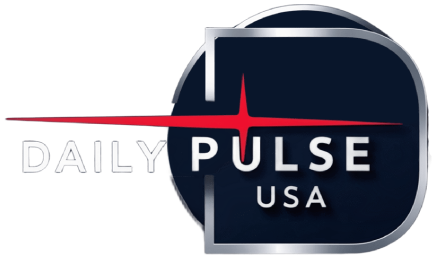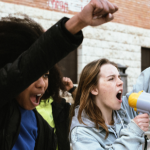Public media under threat is a growing concern as rural Republicans, once staunch supporters of the National Public Radio NPR, are reconsidering their stance. The public broadcaster is facing its greatest challenge yet a potential vote to eliminate its federal funding. This shift in political alignment reflects a broader polarization of views on public media and poses a significant question about the future of news dissemination in underserved areas. The debate over public media under threat highlights ideological divides.
For years NPR enjoyed a surprising reservoir of bipartisan support especially in rural regions. This was because local NPR affiliates often served as the most robust and reliable source of local news in areas where other media outlets were scarce. An illustrative example of this support is Sean P Duffy a conservative Republican from northern Wisconsin who despite his Tea Party roots voted to preserve NPR funding fourteen years before joining President Donald Trump’s cabinet. His vote along with those of a handful of other House Republicans signaled a historical willingness to transcend partisan lines for public media under threat.
However the political landscape has undeniably shifted. The rise of the MAGA movement has brought with it a more critical view of institutions perceived as leaning liberal including public broadcasting. This new ideological lens is now impacting the willingness of some rural Republicans to continue supporting federal funding for NPR. The very nature of public media under threat has changed as political alignments dictate funding priorities.
The financial implications of eliminating federal funding for NPR could be dire. While public media receives support from various sources including listener donations and corporate sponsorships federal funding provides a crucial baseline. Without it many smaller rural stations could face severe operational challenges potentially leading to reduced programming or even closure. This would leave significant information vacuums in communities that rely heavily on their local public radio stations. The consequences of public media under threat extend directly to the listeners.
The argument for maintaining federal funding for public media under threat often centers on its role in providing unbiased news and cultural programming. Supporters contend that in an increasingly fragmented media landscape public broadcasters offer a vital service by delivering factual information and diverse perspectives. They argue that this service is particularly indispensable in rural communities where commercial media often cannot sustain robust local news operations. The debate is about more than just funding; it’s about access to information.
Conversely opponents of federal funding for public media under threat often argue that taxpayers should not be subsidizing media organizations that they perceive as having a liberal bias. They suggest that NPR should be able to sustain itself entirely through private donations and other commercial ventures. This perspective underscores a fundamental disagreement about the role of government in supporting media and the perceived neutrality of public broadcasting. The ideological battle over public media under threat continues to intensify.
The current debate surrounding public media under threat is more than just a fiscal discussion. It is a reflection of deeper societal divides regarding media trust information sources and the role of government. The outcome of this vote will not only determine the financial future of NPR but also send a powerful message about the value placed on public broadcasting in the United States. It’s a critical moment for the future of independent journalism.
As the vote approaches the future of public media under threat remains uncertain. The bipartisan support that NPR once enjoyed in rural areas is eroding. The question now is whether the long-standing tradition of public broadcasting can adapt and survive in an increasingly polarized political environment or if its crucial role in many communities will be diminished. The stakes are high for millions of listeners.
Author: Halabeth Gallavan






